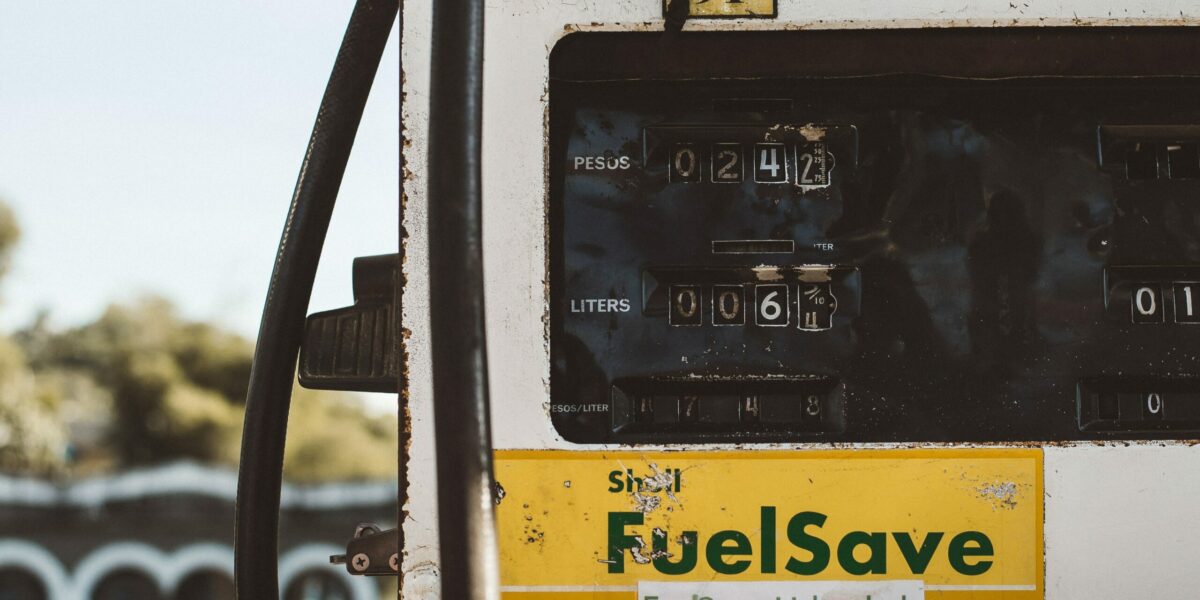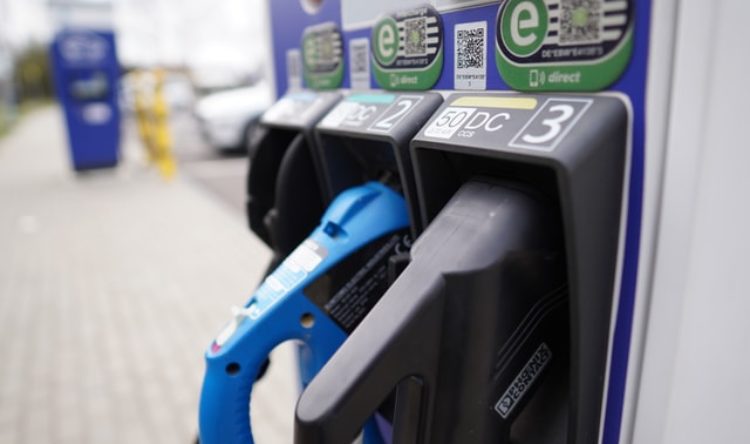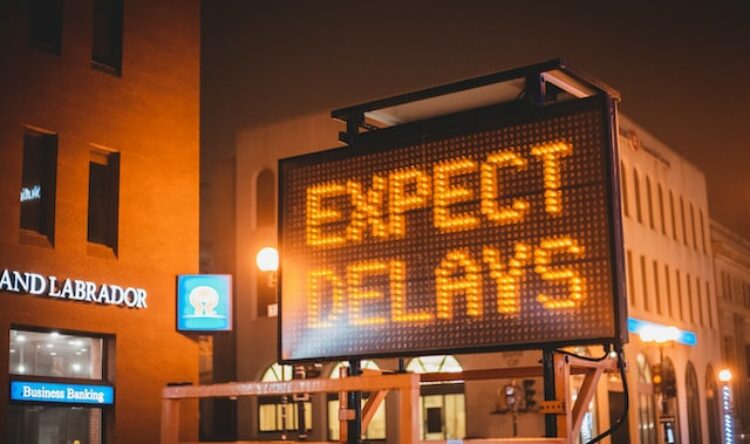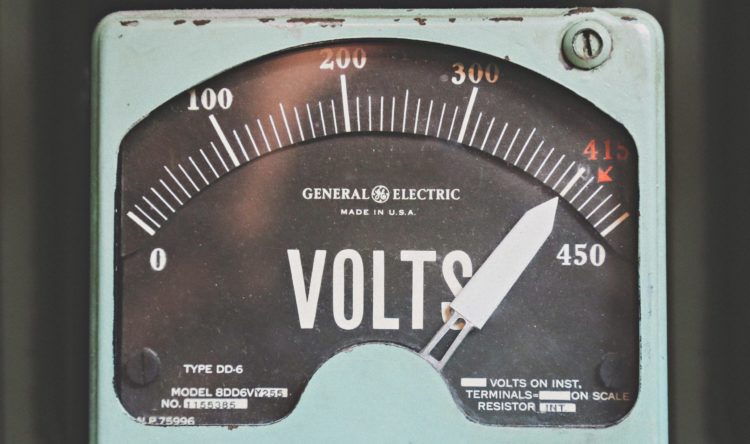Pumping up the price
CMA questions the role of supermarkets in higher diesel prices
Increased pump prices are not just a result of the Russian invasion of Ukraine.
That is the conclusion of a new investigation by the Competition and Markets Authority (CMA).
Fuel retailers have increased profit margins, resulting in drivers and fleets having to pay more.
Don’t blame the war
Evidence shows that the majority of fuel price increases are due to global factors. The Russian invasion of Ukraine is the main factor, but indications are that the price rises cannot be attributed solely to factors outside the control of the retailers.
Based on evidence gathered as part of its Road Fuel market study, it has concluded that some weakening of competition in the road fuel retail market is playing a role.
Fuel profit margins have increased across the retail market. This is particularly the case for supermarkets over the past four years.
Unexplained rises
As a result, average 2022 supermarket pump prices appear to be around 5 pence per litre (ppl) more expensive than they would have been had their average percentage margins remained at 2019 levels.
Supermarkets still tend to be the cheapest retail suppliers of fuel. However, evidence from internal documents indicates significant increased margin targets as a longer term business plan.
It highlights one supermarket, but does not name it. Other supermarkets appear to have adjusted their pricing behaviour accordingly.
Fewer suppliers
The CMA is also concerned that it may be seeing evidence of weaker competition in diesel prices since the beginning of the year. Petrol supplies does not seem to be facing the same issues. It may be due to huge reduction in diesel engined vehicles over the last few years. Following concerns over NOx emissions, petrol engined vehicles and EVs have seen huge increases in sales.
RAC fuel spokesman Simon Williams is “ very pleased to hear that the Competition and Markets Authority has confirmed” what they have suspected and campaigned about. “We have been saying for a long time about the biggest retailers taking more margin per litre on fuel than they have in the past.”
“Currently, the average price of diesel is more than 20p a litre overpriced simply because they refuse to cut their prices.
“The wholesale price of diesel is actually 4p lower than petrol, yet across the country it is being sold for 9p a litre more – 154.31p compared to 144.95p for unleaded.
Williams states that “something badly needs to change”.
Lack of clarity
The CMA says despite global issues, the high margins in 2023 appear to have gone on longer than would be expected. Further investigation is needed to fully understand what is happening.
“We are not satisfied that they [supermarkets] have all been sufficiently forthcoming with the evidence,” says the CMA.
“Given the concerns we have about a market of such importance to millions of drivers it is vital we get to the bottom of what is going on.”
The CMA will now conduct formal interviews with the supermarkets’ senior management in order to get to the heart of the issues.
Gordon Balmer, executive director of the Petrol Retailers Association, says “the market is very dynamic”.
“Independent forecourts are, in many cases, undercutting supermarkets on price. Our advice to motorists remains to shop around.
The CMA will issue its final report no later than July 7.






